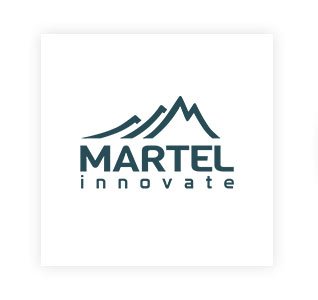Martel at European GaN for Space Applications Workshop


The event, gathered experts in the application of Gallium Nitride (GaN)-enabled technology in space, from Italy, Spain, France, Sweden, Germany, Switzerland and Belgium.
Participants at the workshop were highly engaged and it was extremely valuable to learn more about latest developments and future opportunities of the GaN process development, qualification and demonstration as a semi-conductor which allows for the use of high freqency power amplifiers in satellites.
The event started with a brief presentation from Dr Fabio Vitobello, Chair of the event and Programme Officer,Critical Space Technologies, EEE Components, Space Research Unit. The agenda included presentations of a number of projects developed under the European Space Agency (ESA), European Defence Agency (EDA), Centre National d’Etudes Spatiales (CNES) and Horizon 2020 funding programme.
QV-LIFT was one of the projects presented in the system demonstrations session. QV-LIFT presented the GaN-based Q/V band Earth segment Link, developed for future high throughput space systems.
Dr Noelia Santos from ERZIA Technologies gave a brief introduction to the QV-LIFT project including the partners in the consortium, the objectives and, in particular, the achievements.
OMMIC GaN/Si process electrical characteristics and reliability tests were also presented, before showing the on-wafer results of the power amplifier. The circuit was designed, manufactured and tested on wafer by OMMIC.
A dedicated waveguide module was designed and manufactured by ERZIA in order to test the performance of the PA in CW mode. The required test setup was presented, together with its output power and gain compression measurement results.
In order to compare the on-wafer results with the assembled module values, different elements were tested such as a coaxial-waveguide adapter, a back-to-back module and a MMIC 50-ohm line integrated in a mechanical module.
Results of one representative HPA were demonstrated and a table including output power, gain and compression level for the entire set of HPAs. A photo of the BUC module illustrated the achievement of delivering 4.8 Watts at 8-dB compression point at 48 GHz in CW mode.
Noelia pitch also included the ongoing preliminary reliability tests.
Further information can be found at: https://www.qvlift.eu
 Horizon Europe
Horizon Europe


